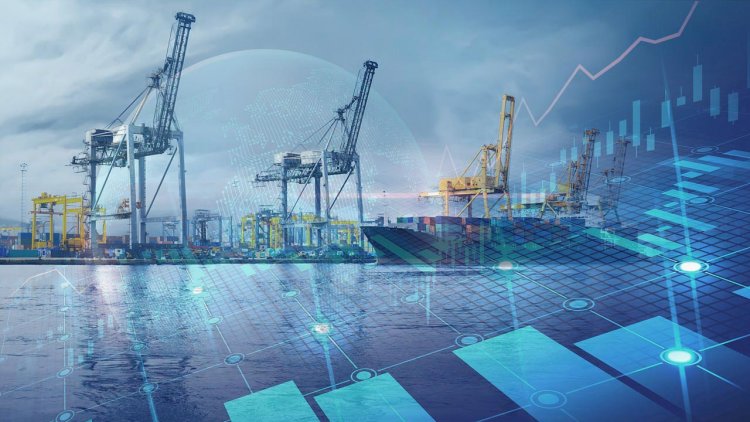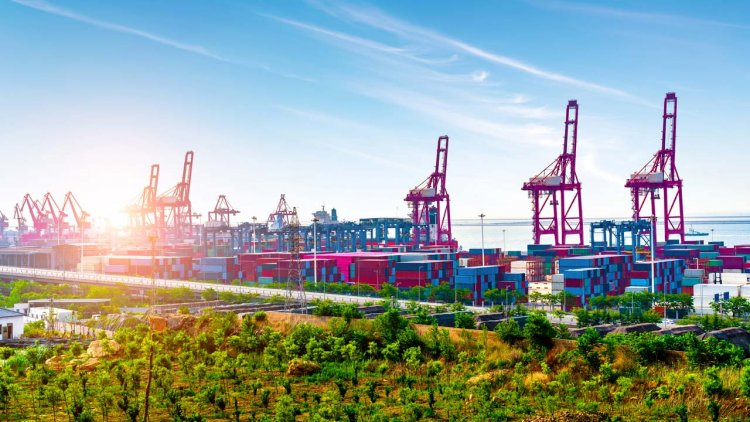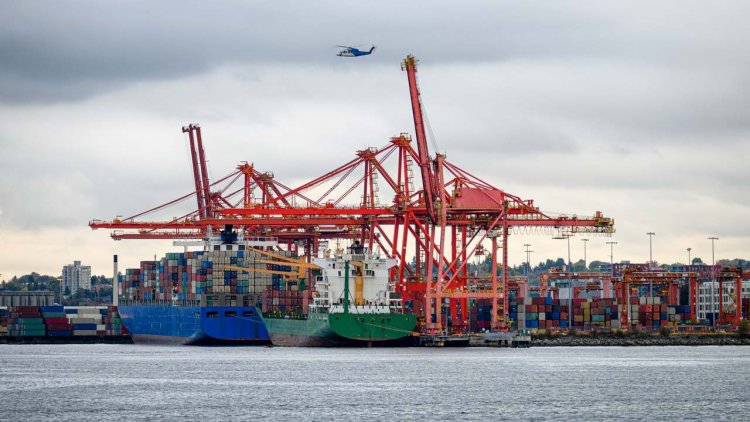80% of ports missing out on the benefits of digitalisation, creating 'last mile' risks
Most ports still using manual and paper-based processes without access to digital technology, creating a polarised ports environment and risks in the last mile of a voyage – says Innovez-One

Innovez One today stated that of the 4,900 ports in the world, the majority are not yet using digital technology for even the most basic processes; 80% of ports continue to rely on manual, legacy solutions such as whiteboards or spreadsheets to manage critical marine services such as towage, pilotage and launch boats. This leaves many ports commercially vulnerable and less able to compete in an increasingly digital world.
While the phrase ‘smart ports’ has been used regularly within the maritime industry for a number of years, the benefits of digitalisation remain the preserve of only a few, large ‘Tier 1’ ports that have the profile and financial muscle. This has created a polarised landscape within the port sector.
Many ‘Tier 2 and below’ ports still use manual, paper-based processes or Excel spreadsheets to arrange and execute jobs and rely on personal interaction and paper-based transactions as the norms for shipboard, ship-port interface and port-hinterland-based exchanges. This leads to a range of inefficiencies in ordering, execution, and billing, as well as a lack of sustainability and competitiveness.
Alarmingly, this dynamic makes the ‘last mile’ of a journey at sea a weak link in the global logistics chain, opening up risks of delays, late payments, increased fuel consumption and emissions, reduced revenues, and even safety concerns stemming from a lack of traceability. For the 20% of ports where this is not the case, they have often been able to rely on their own in-house software.

David Yeo, CEO, Innovez-One, says:
“The current dynamic reflects the often-messy reality of port operations, which is a blend of high-tech digital and paper-based, manual processes sitting side-by-side. This causes issues in relation to interoperability, where systems are not talking to each other properly, which is impeding effective execution. However, it also highlights the fact that while global supply chains are becoming increasingly automated, of which ports are an integral part, the majority of ports still overwhelmingly rely on person-to-person systems.”
The ramifications and missed opportunities for ports from increased efficiencies, revenues, sustainability and competitiveness are significant. In particular, towage operators are missing out on the opportunity to make substantial savings of their annual fuel costs by reducing the mileage of tugs while saving yearly maintenance costs and personnel cost savings of their towage vessels.
However, Innovez-One believes that this current dynamic does not need to continue, and that the vast majority of ports are unnecessarily missing out on the opportunity to reap the benefits of digitalisation; particularly when affordable technology, with a fast return on investment, exists and is readily available. Specifically, utilising smart technology and AI models to optimise and solve complex last-mile towage and pilotage challenges, and in doing so, creating a fair and level playing field within the global ports’ marketplace.

Critically, as ports digitise, the solutions developed must be based on a strategic port framework with a set of common criteria. One of the core elements will be to consistently ensure that management systems are based on common design criteria to support an open architecture, enabling different solutions and applications from various suppliers and vendors to co-exist and be interoperable with each other, in real-time. This must be handled in an agile way to secure compatibility, so that port management services can continue to provide services without interruption 24/7/365.
David Yeo concluded:
“It is staggering that digitalisation seems to have only been reserved for the larger top-tier ports and established towage operators. Our mission is to readdress the imbalance, because there is no reason why every port cannot be a smart port; digitalisation should be for the many, not the few. There are software and technologies that exist and are proven, like our marineM platform, which can help ports increase the efficiency, sustainability and profitability of their operations as well as improve their commercial success, and competitiveness, right now and for the future.”

























































































































































